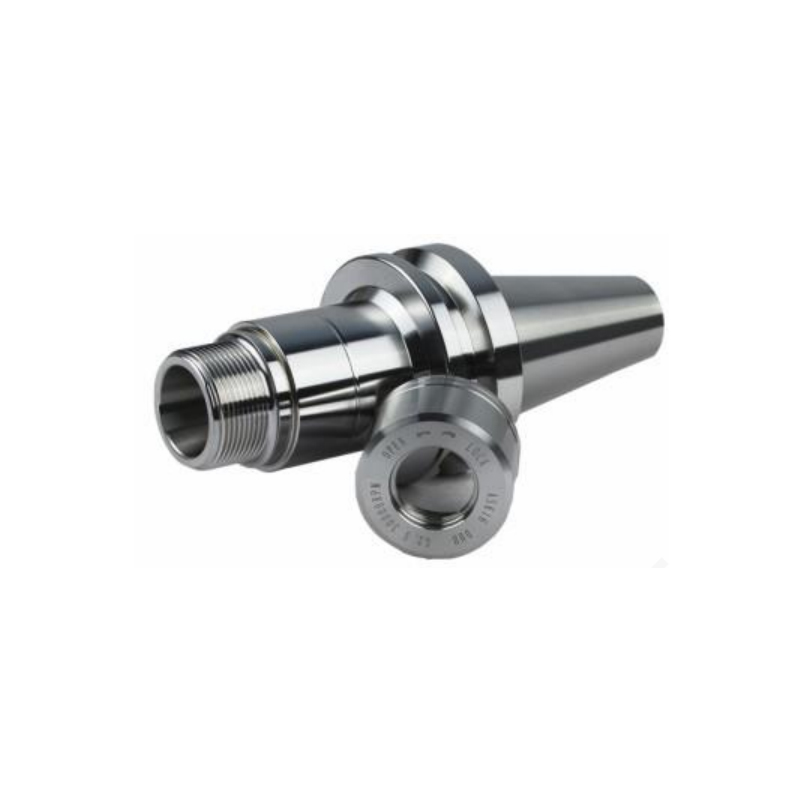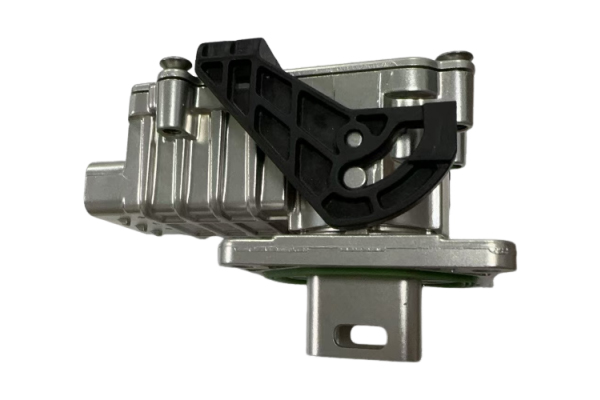In the realm of construction and building design, the interface between concrete and insulation is often overlooked, yet it plays a pivotal role in the overall performance of a structure. This article delves into the essential elements that exist between concrete and insulation, exploring their functions, materials, and the implications for energy efficiency, moisture control, and structural integrity.
The Importance of the Interface
The space between concrete and insulation is not merely an empty void; it is a critical zone that influences thermal performance, moisture management, and the longevity of building materials. Understanding what goes into this space is essential for architects, engineers, and builders aiming to create energy-efficient and durable structures.
Key Components of the Interface
- Vapor Barriers: One of the primary considerations in the interface is the installation of vapor barriers. These materials prevent moisture from migrating through the concrete slab into the insulation layer. Without an effective vapor barrier, moisture can lead to mold growth, insulation degradation, and structural damage. Common materials used for vapor barriers include polyethylene sheets and specialized membranes that are designed to withstand the pressures of concrete and environmental conditions.
- Thermal Breaks: Thermal bridging occurs when heat flows through a material that is a poor insulator. To mitigate this, thermal breaks are often installed between the concrete and insulation. These breaks can be made from materials such as rigid foam or other insulating materials that reduce heat transfer, thereby enhancing the energy efficiency of the building. The choice of thermal break material is crucial; it must possess low thermal conductivity while being durable enough to withstand the weight of the concrete.
- Adhesives and Sealants: The application of adhesives and sealants is another critical aspect of the interface. These materials not only bond the insulation to the concrete but also provide an additional layer of moisture protection. High-performance adhesives are designed to withstand temperature fluctuations and maintain their integrity over time. Sealants are equally important, as they fill any gaps or joints that could allow air and moisture infiltration, further enhancing the building's energy efficiency.
- Drainage Systems: In certain applications, especially in below-grade construction, drainage systems may be integrated into the interface. These systems are designed to manage water that may accumulate due to groundwater or surface runoff. Proper drainage prevents hydrostatic pressure from building up against the concrete, which can lead to cracking and other structural issues. The use of drainage mats or perforated pipes can facilitate effective water management.
Material Selection Considerations
Choosing the right materials for the interface between concrete and insulation is paramount. Factors such as climate, building use, and local building codes must be considered. For instance, in colder climates, higher R-value insulation materials may be necessary to combat heat loss. Conversely, in warmer climates, reflective insulation materials can help reduce cooling costs.
Energy Efficiency Implications
The interface between concrete and insulation significantly impacts a building's energy performance. A well-designed interface minimizes thermal bridging and moisture infiltration, leading to lower energy consumption for heating and cooling. This not only reduces operational costs but also contributes to a building's sustainability profile. Energy-efficient buildings often qualify for green certifications, which can enhance their marketability and value.
Conclusion
In conclusion, the area between concrete and insulation is a critical zone that requires careful consideration in building design and construction. By understanding the various components—such as vapor barriers, thermal breaks, adhesives, and drainage systems—professionals can create structures that are not only energy-efficient but also resilient against moisture and structural issues. As the construction industry continues to evolve, prioritizing the interface between concrete and insulation will be essential for achieving high-performance buildings that meet modern energy standards and sustainability goals.




